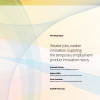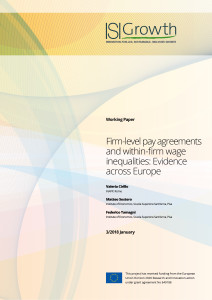Building on studies on the impact of the Great Recession on the occupational and skill structure of employment, this article investigates developments over the last business cycle (2002-2007 and 2007-2011) in 38 manufacturing and service industries of five major European countries (Germany, France, Spain, Italy and United Kingdom). We analyze how technology, education and wages […]






